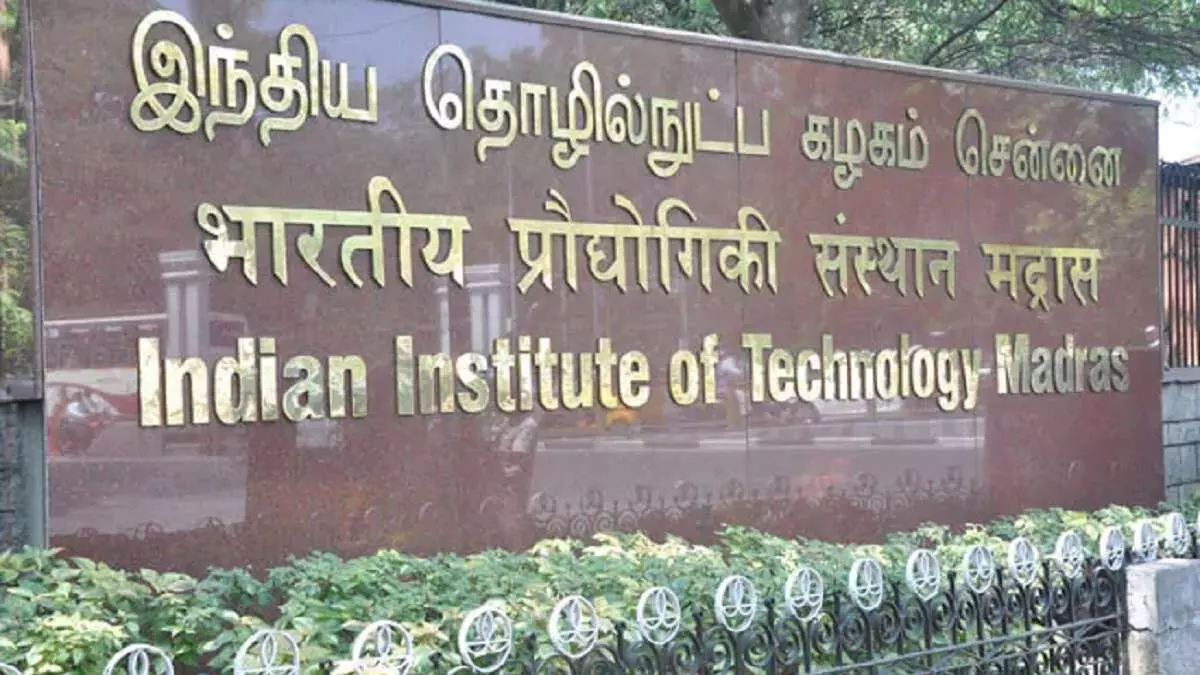IIT Madras tops rankings for 6th straight year

New Delhi: The Ministry of Education has released the ninth edition of the National Institute Ranking Framework (NIRF) for 2024, with the Indian Institute of Technology (IIT) Madras maintaining its position as the top-ranked institution overall for the sixth consecutive year. Union Minister of Education Dharmendra Pradhan announced the rankings on Monday.
In the overall category, IIT Madras is followed by the Indian Institute of Science (IISc) Bengaluru and IIT Bombay. IIT Delhi, which held the third position last year, has slipped to fourth place. The top ten list is dominated by eight IITs, with the All India Institute of Medical Sciences (AIIMS), New Delhi, and Jawaharlal Nehru University (JNU) also securing spots in this elite group.
IISc Bengaluru has retained its crown as the best university in India for the ninth year in a row, showcasing its consistent academic and research prowess. JNU and Jamia Millia Islamia round out the top three in the university category, reflecting the strong performance of institutions in the national capital.
The engineering category sees IIT Madras leading the pack for the ninth consecutive year, with IIT Delhi and IIT Bombay maintaining their second and third positions, respectively. Nine out of the top ten engineering colleges are IITs, with the National Institute of Technology (NIT), Tiruchirapalli being the sole non-IIT institution in this prestigious list.
In management education, the Indian Institute of Management (IIM) Ahmedabad continues to hold the top spot, followed by IIM Bangalore and IIM Kozhikode. Notably, IIT Bombay and IIT Delhi have also secured positions in the top ten for management courses, demonstrating the versatility of these technological institutes.
The pharmacy rankings saw a shift this year, with Jamia Hamdard rising to the top spot from its previous second position. The National Institute of Pharmaceutical Education and Research, Hyderabad, moved to second place, while BITS Pilani maintained its third position in this category.
In the colleges category, Delhi University’s Hindu College has overtaken Miranda House for the top position, with St Stephen’s College securing the third spot. This shuffle in rankings highlights the competitive nature of undergraduate education in the country.
The legal education landscape remains stable, with the National Law School of India University, Bengaluru, the National Law University, Delhi, and NALSAR University of Law, Hyderabad, retaining their first, second, and third positions, respectively.
For Architecture and Planning, IIT Roorkee has emerged as the leader, followed by IIT Kharagpur and NIT Calicut. In medical education, AIIMS, New Delhi, continues to reign supreme, with PGIMER, Chandigarh, and CMC Vellore completing the top three.
The 2024 rankings have introduced new verticals, including Open Universities, State Public Universities, and Skill Universities. Anna University in Chennai leads the State Public Universities category, while IGNOU tops the list for Open Universities.
In the Skill Universities category, Symbiosis Skills and Professional University, Pune, has been awarded the first position.
The NIRF rankings have seen a significant increase in participation since their inception in 2016. The number of Higher Education Institutions (HEIs) taking part has grown from 3,565 in 2016 to an impressive 10,845 in 2024. Similarly, the number of categories and subject domains has expanded from four to sixteen during this period, reflecting the framework’s growing comprehensiveness and relevance.
The ranking methodology employs five broad parameter groups: Teaching, Learning and Resources (TLR), Research and Professional Practice (RP), Graduation Outcome (GO), Outreach and Inclusivity (O&I), and Perception (PR).
Data for the rankings was collected through an Online Data Capturing System, with additional information on research output sourced from reputable databases such as Scopus and Web of Science.



